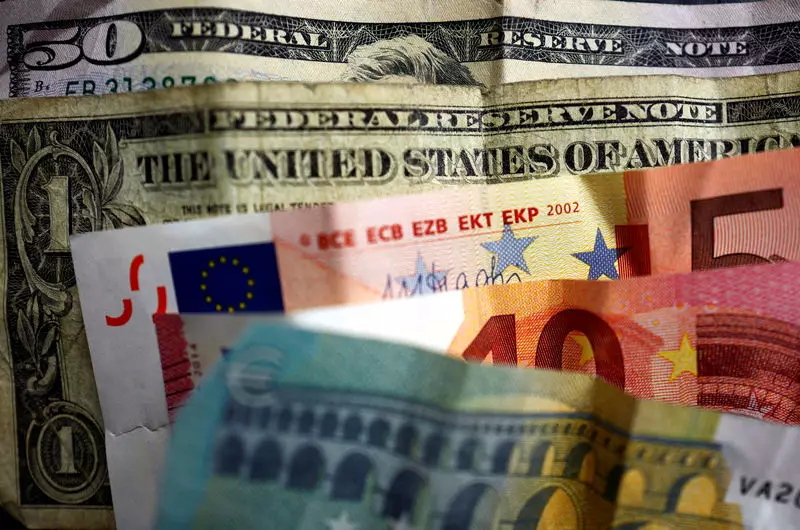The U.S. dollar has seen a slight increase in value following the release of eurozone activity data and amidst volatility in the U.S. political situation. Vice President Kamala Harris has received strong support from the Democratic Party after being endorsed as the presidential nominee by President Joe Biden. However, a Reuters/Ipsos poll still shows Republican nominee Donald Trump as the favorite to win the upcoming presidential election. Analysts at ING noted that the dollar’s losses from a previous report have now been mostly recovered, with key winners being the Japanese yen (JPY), Swiss franc (CHF), and British pound (GBP).
The euro has experienced a decline in value against the U.S. dollar after the release of disappointing eurozone business activity data for July. The preliminary composite Purchasing Managers’ Index dropped to 50.1 from June’s 50.9, indicating a slowdown in growth. This data has raised expectations of further rate cuts by the European Central Bank (ECB) in response to slowing regional growth. Market sentiment is pricing in the possibility of two ECB rate cuts for the remainder of the year.
The British pound has shown mixed performance, with the GBP/USD pair trading slightly lower at 1.2898. Despite falling back from the 1.30 level seen last week, British business activity has picked up significantly in July. The S&P Global Flash Composite Purchasing Managers’ Index rose to 52.7, reflecting strong manufacturing growth and an increase in new orders. This positive data suggests a potential boost for the British economy in the coming months.
The Canadian dollar has reached a three-month low against the U.S. dollar, with USD/CAD rising to 1.3796. This trend comes ahead of a Bank of Canada rate-setting meeting, where there is an 84% chance of a 25 basis point rate cut. If implemented, this would mark the BoC’s second rate cut in as many months. The outcome of the meeting is likely to have a significant impact on the value of the Canadian dollar in the foreign exchange market.
The Japanese yen has shown mixed performance, with USD/JPY falling to 154.81, its lowest level since early June. A recovery from last week’s sharp strengthening has been attributed to suspected currency market intervention by the government and positive purchasing managers index data. The upcoming Bank of Japan meeting is expected to provide further clarity on monetary policy decisions, with speculation mounting about a potential interest rate increase.
Overall, the foreign exchange market remains highly influenced by a combination of economic data, central bank decisions, and geopolitical factors. Traders and investors need to closely monitor these developments to make informed decisions and navigate the volatile landscape of the currency markets.

